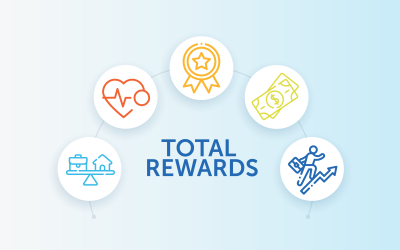Your company’s talent bench indicates the strengths and weaknesses employees bring to the job. Knowing the breadth and depth of your talent bench means understanding if you have the right skill sets your business needs – not only at this moment in time but also for the future.
Talent Analytics Light A Path For Critical Roles
When assessing the width and depth of your talent bench, focus on the most critical roles in the company. Like baseball, your player bench needs backups and people who can fill multiple rolls, as well as pinch hitters when key personnel leave on short notice. Having the right skill sets available in-house increases your ability to keep critical roles staffed and to carry out succession planning for those roles.
How To Measure Your Talent Bench
To get a 360o picture, you have to examine the number of employee resources, the skills and abilities (competencies) needed for each role, and the proficiency level of your talent in each competency. Competency levels are most often determined through assessments given by HR departments or people managers to assess employee knowledge. Depending on the assessment instrument and methodology, results can be subjective (i.e., self-rated, manager rated) or more objective (i.e., validated tests). Both methods provide a good way to determine employee strengths and weaknesses against role requirements.
Employee skills and competencies are not the easiest thing to measure and are resource-intensive to manage. The level of detail makes it daunting – one person’s role may include dozens of details. A Talent Management System – software used by most companies for tracking learning, talent requirements, and performance – is a system that can potentially incorporate performance evaluations, employee skill inventories, and other processes to make managing your talent easier. But like most information systems, a talent management system is data rich but information poor.
Closing The Gap Between Strengths And Weaknesses
Mature companies often measure and analyze employee competencies when looking to improve the organization. This may be related to factors such as reorganization or an anticipated drop in profits. Adding training, talent development, and/or new hires to the measurement mix closes the gap between strengths and weaknesses in key personnel roles and boosts a company’s ability to improve its organizational performance.
At the end of the day, if you don’t measure you don’t know (the ZeroedIn motto). Wouldn’t it be better to discover the hidden weaknesses in your talent bench before they create fault lines in your company’s future?



